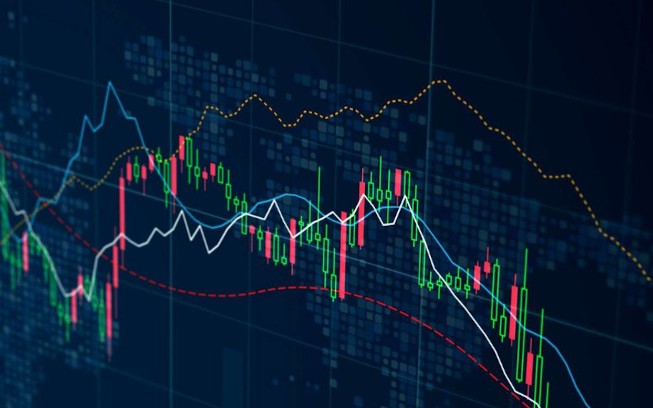Forex Trading Explained A Comprehensive Guide 1486923969
Официальный Сайт Вход, Регистрация
October 31, 2025Pinup Azerbaijan: Mənim İdman və Bahis Təcrübəm Horse Riding and Training
October 31, 2025
Forex trading, often referred to as currency trading or foreign exchange trading, is the act of buying and selling currencies with the aim of making a profit. This global market operates 24 hours a day, five days a week, and is considered one of the largest and most liquid financial markets in the world. If you are interested in entering the world of forex, it’s essential to understand how it works, what tools are available, and common strategies that traders employ. Visit forex trading explained FX Trading UZ for more insights and resources on forex trading.
Understanding the Forex Market
The forex market is decentralized, meaning it does not have a physical location or exchange but operates electronically among banks, brokers, and retail traders. The primary aim is to facilitate the exchange of currencies for various purposes, including international trade, investments, and tourism.
Key Terminology
To familiarize yourself with forex trading, it’s crucial to understand some key terms:
- Currency Pair: Currencies are traded in pairs (e.g., EUR/USD) where the first currency is the base currency, and the second is the quote currency.
- Exchange Rate: This is the rate at which one currency can be exchanged for another. It fluctuates based on market demand and supply conditions.
- Pips: A pip is a unit of measurement for currency movement, typically the fourth decimal point in a currency pair.
- Leverage: This is the use of borrowed funds to increase potential returns, allowing traders to control large amounts with a smaller capital investment.
How Forex Trading Works
Forex trading involves buying one currency while simultaneously selling another, essentially betting on the volatility of currency movements. For instance, if you believe that the euro will strengthen against the US dollar, you would buy the EUR/USD pair.
Market Participants
The forex market consists of various participants, including:
- Central Banks: Governments can influence currency values through monetary policy and interest rates.
- Financial Institutions: Banks and investment firms are significant players that facilitate large volumes of trade.
- Corporations: Businesses that operate globally engage in forex trading to hedge risk and manage costs.
- Retail Traders: Individual traders who engage in forex trading using online platforms and brokers.
Forex Trading Strategies
Successful forex trading requires the implementation of strategies. Here are some popular trading strategies:

1. Day Trading
This strategy involves buying and selling currencies within the same trading day. Day traders seek to capitalize on small price movements and typically avoid holding positions overnight to mitigate risks.
2. Swing Trading
Swing traders hold positions for several days or weeks, aiming to profit from market swings. This approach requires a keen understanding of market trends and analysis.
3. Scalping
Scalping is a strategy that involves making numerous trades throughout the day to capture small price gaps. It requires quick decision-making and the ability to execute trades rapidly.
4. Position Trading
This long-term strategy involves holding positions for an extended period, often based on fundamental analysis and economic indicators.
Tools and Platforms for Forex Trading
Traders leverage various tools and platforms to facilitate trading. Here are some commonly used tools:
Trading Platforms
Trading platforms are software applications that enable users to execute trades, analyze charts, and access market data. Popular platforms include MetaTrader 4 (MT4), MetaTrader 5 (MT5), and TradingView.
Charting Tools

Charting tools help traders visualize price movements over different timeframes, enabling technical analysis. Traders use indicators like moving averages, RSI, and MACD to enhance their strategies.
Economic Calendars
Economic calendars provide vital information about upcoming economic events, announcements, and indicators that could affect currency prices. Traders use this information to make informed decisions.
Risk Management in Forex Trading
Effective risk management is one of the key components to successful trading. Here are some principles to consider:
1. Set Stop Losses
A stop-loss order is a predetermined price level where a trader will exit a losing position. This helps prevent significant losses and preserve capital.
2. Use Take Profit Orders
Setting take profit orders allows traders to lock in profits when a currency reaches a certain price, ensuring that gains are realized before a market reversal occurs.
3. Manage Leverage Carefully
While leverage can amplify potential returns, it also increases the risk. Traders should manage their leverage carefully to avoid substantial losses.
Conclusion
Forex trading can be an exciting and rewarding venture, but it is also fraught with risks and complexities. Understanding the market’s dynamics, strategies, and risk management principles is essential for anyone looking to succeed in this field. As you embark on your forex trading journey, consider using resources like FX Trading UZ for comprehensive guides, tools, and insights that can enhance your trading experience and knowledge.
